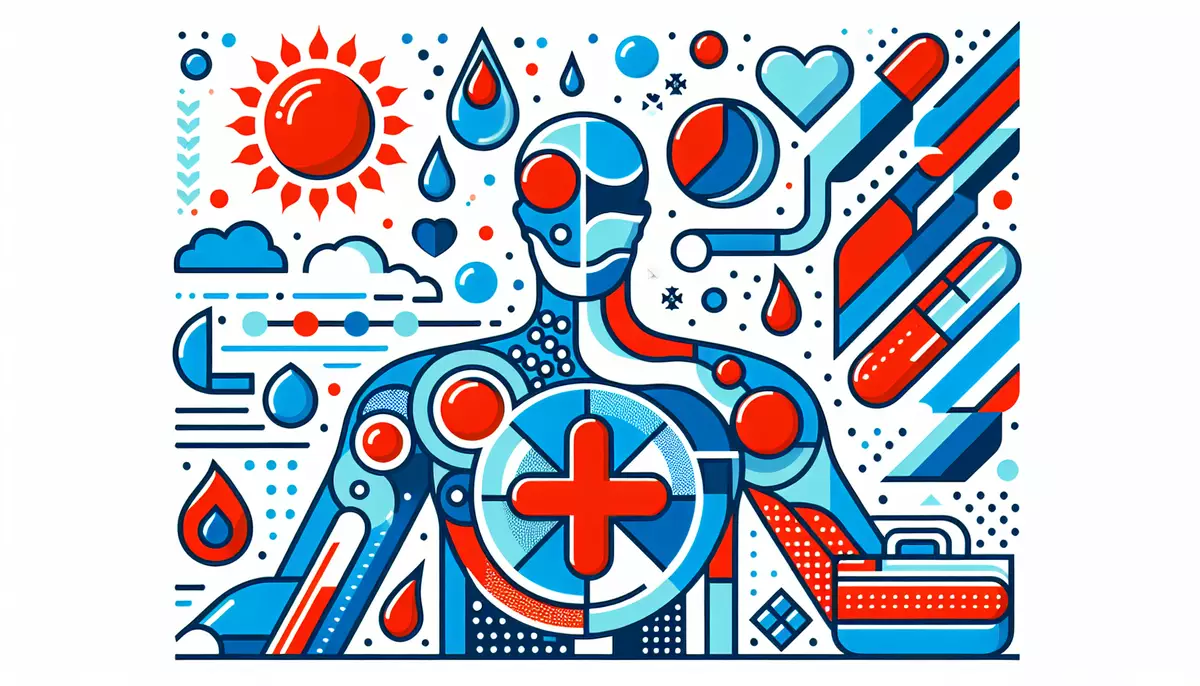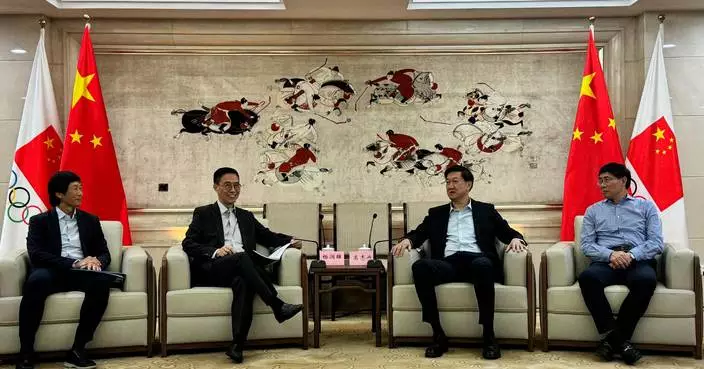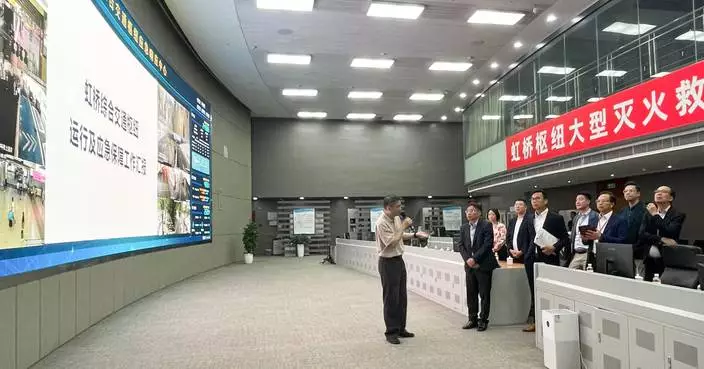Queen Elizabeth Hospital announces root cause analysis report of previous sentinel event
The following is issued on behalf of the Hospital Authority:
The spokesperson for Queen Elizabeth Hospital (QEH) today (August 23) announces the root cause analysis report of a previous sentinel event:
A 61-year-old male patient with tetraplegia, who requires feeding with a nasogastric tube, has been admitted to an Orthopaedic ward of QEH since June 2023. A nurse carried out the routine change of the patient's nasogastric tube at noon on June 16, 2024, and made an appointment for a chest X-ray examination to confirm the position of the nasogastric tube. While the patient was waiting for the chest X-ray examination, another nurse re-examined the patient and decided to reinsert the nasogastric tube, and resumed formula milk feeding afterwards. The patient's condition suddenly deteriorated on the early morning of June 18. Doctors immediately performed resuscitation and arranged a bronchoscopy examination for the patient. It was revealed that the nasogastric tube was misplaced into his left-sided bronchus. The patient is now in the Intensive Care Unit in critical condition.
A Root Cause Analysis Panel was set up to investigate the incident. The Panel completed the investigation and submitted the report to the Hospital Authority Head Office. The Panel opined that after reinserting the nasogastric tube, the nurses complied with the prevailing guideline to collect aspirated fluid samples for pH test and verified the position of the nasogastric tube by auscultation. The first nurse also made an appointment for a chest X-ray examination for the patient. The result of the pH test at that time was "equal to or less than 5.5", which misled the nurse into believing that the tube was located in the stomach which had an acidic pH value according to the guideline, and feeding of formula milk was then resumed.
The Panel reviewed the clinical records, and believed that the tip of the nasogastric tube might have passed through the bronchus and entered the left pleural cavity. Coincidently, the patient had pneumonia in the left lung with the presence of infected pleural effusion in the left pleural cavity. The acidic test result at that time might have been a "false-positive" result, which was highly uncommon.
In addition, the Panel reviewed the findings of the chest X-ray examination conducted after the nasogastric tube was inserted, and found that the chest X-ray image could not fully show the tip of the nasogastric tube. The on-duty intern did not have sufficient clinical experience to interpret the position of the nasogastric tube, and could not detect the malposition of the nasogastric tube. The Hospital agrees with the Panel that training and supervision of interns should be strengthened, and that the healthcare team has the responsibility to review the clinical judgment of interns when handling high-risk patients to minimise clinical risks.
The Panel made the following recommendations:
The Hospital accepts the recommendations of the Panel, and will review the clinical guidelines on verifying the position of the nasogastric tube in collaboration with the Hospital AuthorityHead Office. QEH has met with the patient's family to explain the report and apologise. QEH will continue to closely communicate with the patient's family and provide necessary assistance.
The hospital also expressesgratitude to the Panel. The membership of the Panel is as follows:
Chairperson:
Dr Tang Kam-shing
Hospital Chief Executive, Kwong Wah Hospital
Members:
Dr Fong Wing-chi
Chief of Service, Department of Medicine, QEH
Ms Li Wah-chun
Cluster General Manager (Nursing), Kowloon Central Cluster
Dr Leung Chi-shing
Consultant, Department of Medicine and Geriatrics, Caritas Medical Centre
Mr Yip Chun-ki
Department Operations Manager, Department of Medicine, Queen Mary Hospital
Ms Chiu So-yan
Manager (Patient Safety and Risk Management), Hospital Authority

Source: AI-generated images









